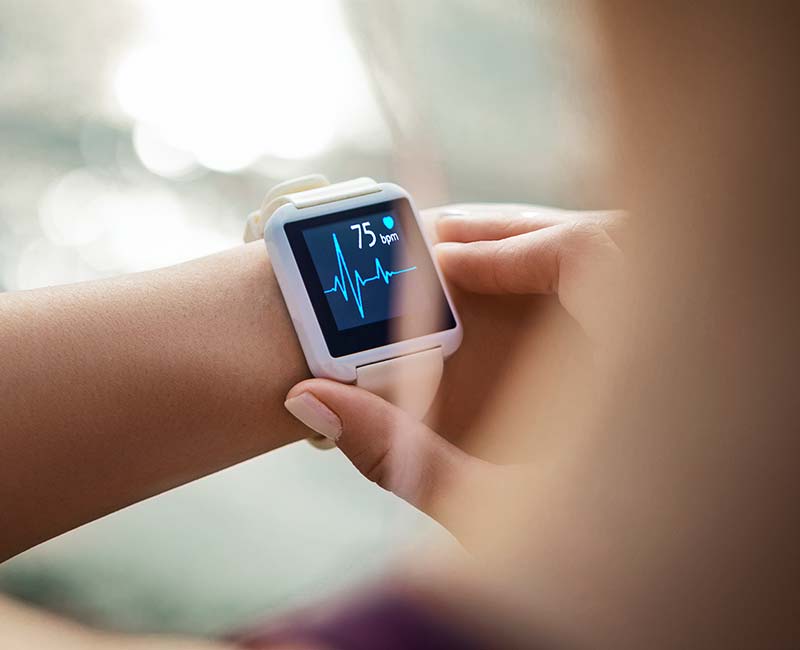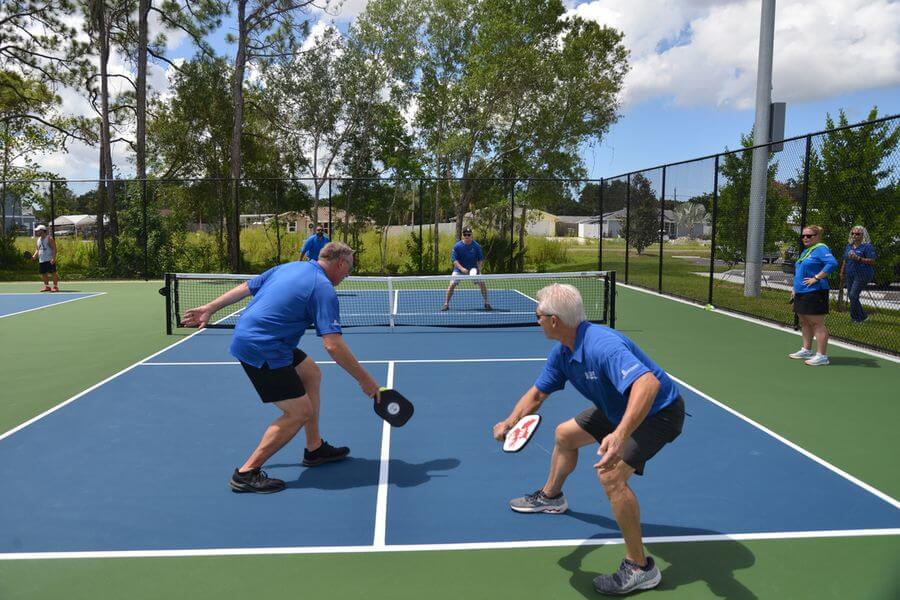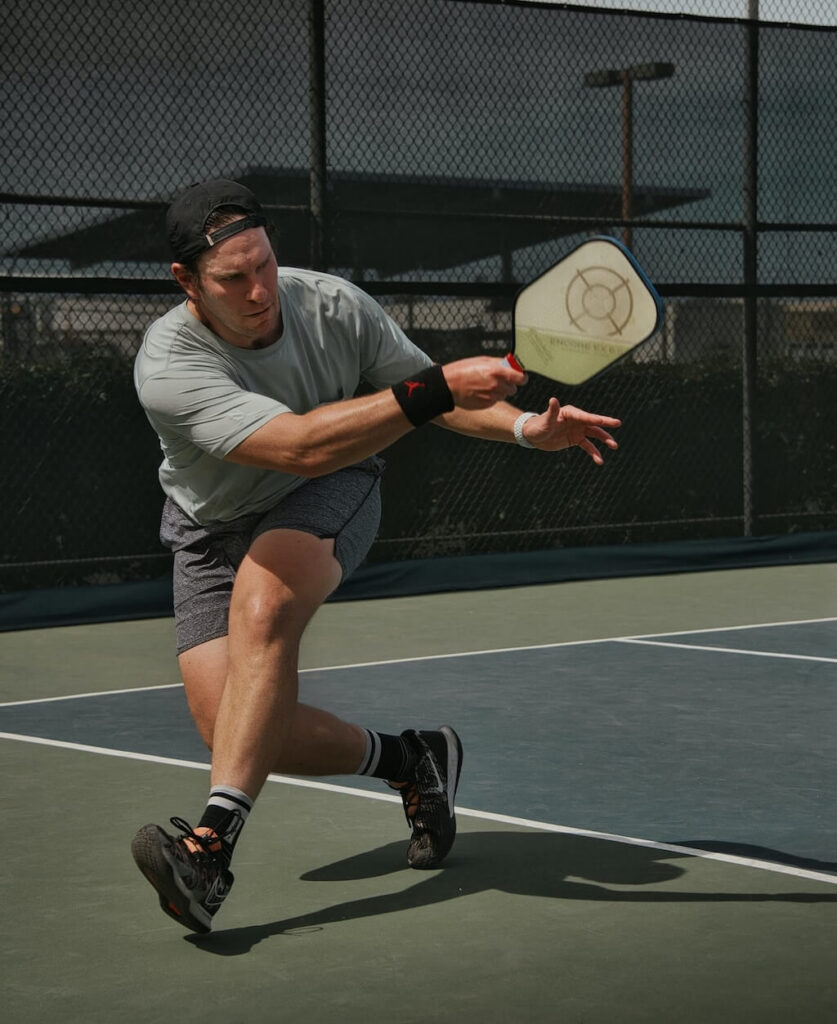You step off the court after an intense hour of rallies and dinks. Your shirt is soaked, your legs are tired, and the adrenaline is starting to fade. The little court, the slow-moving plastic ball—it seemed so casual at first, but your body tells a different story. That feeling immediately sparks the practical question that every fitness-minded player asks: how many calories do you burn playing pickleball? The simple truth is that while the game looks deceptively easy, the combination of quick bursts, sustained movement, and mental focus makes it an incredibly effective tool for fitness, proving definitively that how many calories do you burn playing pickleball is a positive answer. For those looking to master the fundamentals and history of the sport, check out our Complete Pickleball Play Guide: Origins and Official Rules.
The Cardiovascular Punch: Is Pickleball Good Exercise for Your Heart?
The primary reason fitness experts readily answer how many calories do you burn playing pickleball with a high estimate is the sustained cardiovascular challenge. Unlike sports that involve constant, long-distance running, pickleball is an interval sport defined by rapid changes in tempo. You might spend thirty seconds engaged in a soft dink rally, followed immediately by a sudden sprint to retrieve a deep shot and a quick backward shuffle to defend a powerful volley.
This cycle of intense effort followed by short bursts of recovery is fantastic for heart health, falling squarely into the category of high-intensity interval training (HIIT). When assessing how many calories do you burn playing pickleball, think of it as a series of short, hard sprints. Your heart rate remains elevated for the entire match, strengthening your cardiovascular system and improving your stamina, which is a major benefit for anyone trying to determine how many calories do you burn playing pickleball for longevity.
Heart Rate and Aerobic Conditioning
Studies on the topic confirm that the average player’s heart rate during a doubles match remains well within the moderate-to-vigorous intensity zone recommended by health organizations. The key mechanism that proves how many calories do you burn playing pickleball is the constant need for adjustment. You never truly stop moving. This consistent aerobic activity builds endurance and lowers resting heart rate over time.
Calorie Burn Breakdown: The Truth About Pickleball’s Energy Use
Many people question how many calories do you burn playing pickleball when they compare it to running, but when you look at the calorie expenditure, the numbers tell a compelling story. The intensity of the lateral movement and the core engagement required for paddle control translate into significant energy use.
On average, a person can expect to burn between 350 to 650 calories per hour playing competitive pickleball. The exact figures depend heavily on your body weight and, critically, the format you choose. For fitness enthusiasts, the question how many calories do you burn playing pickleball is usually answered with a qualified “yes, if you push yourself.”
Singles vs. Doubles: A Calorie Difference
The format you choose drastically changes the answer to how many calories do you burn playing pickleball.
- Doubles: This format is excellent for moderate cardio and social engagement. Since you share court coverage with a partner, the intensity is lower, making it ideal for maintaining fitness without exhaustion.
- Singles: Playing alone requires covering the entire court, transforming the question how many calories do you burn playing pickleball into a resounding affirmation of its high-intensity nature. Singles play demands almost constant sprinting and lunging, significantly boosting the calorie burn and proving that how many calories do you burn playing pickleball can be a rigorous workout.
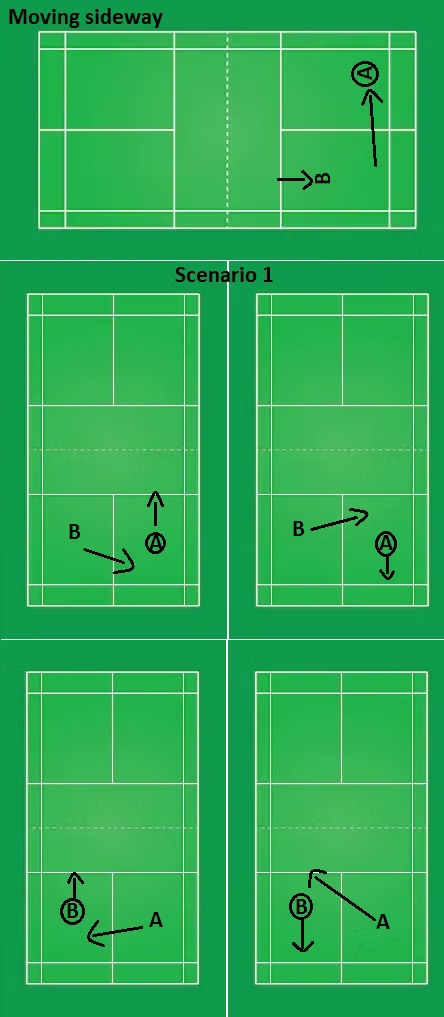
Personal Variables Affecting How Many Calories Do You Burn Playing Pickleball
The statistics only give a starting point. Your personal physiology refines the true answer to how many calories do you burn playing pickleball.
- Body Weight: The simplest factor. Larger bodies require more energy to move, resulting in a higher hourly burn.
- Intensity and Style of Play: An aggressive player who chases every ball, executes fast volleys, and plays powerful drives will always push their heart rate higher than a passive player focused solely on dinking. Your commitment directly influences how many calories do you burn playing pickleball.
- Age and Fitness Level: A less conditioned person will hit their vigorous heart rate zone faster and maintain it longer than a highly conditioned athlete, affecting the perceived intensity of the calorie burn.
Low-Impact, High Reward: Is Pickleball Good Exercise for Joints?
For many, the most attractive feature proving how many calories do you burn playing pickleball is its low-impact nature. Compared to sports like tennis or running, which involve repetitive, high-stress pounding on joints, pickleball is generally much gentler.
The smaller court size means less full-out sprinting and fewer abrupt, high-force stops. The constant shuffling and small, deliberate steps are easier on the knees, hips, and ankles. This accessibility is why so many older players and individuals managing previous injuries turn to pickleball. When they ask how many calories do you burn playing pickleball, they are often relieved to find a positive answer that doesn’t compromise their joint health. The low impact is a vital part of the calculus when assessing how many calories do you burn playing pickleball.
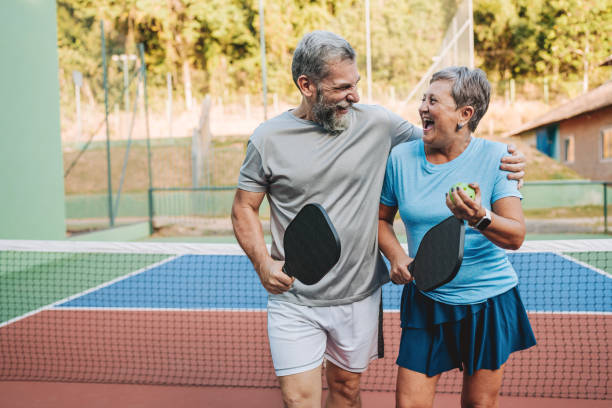
Beyond Cardio: Strength and Agility Benefits
The workout you get from pickleball extends far beyond heart rate and calorie burn. If you’re still wondering how many calories do you burn playing pickleball, look at the functional movements it demands.
Agility and Footwork
The non-volley zone line demands exceptional agility. You must perform hundreds of small, fast shuffles, side steps, and split steps to maintain position and defend the net. This trains your fast-twitch muscle fibers, dramatically improving balance and reaction time. This complex footwork is another reason how many calories do you burn playing pickleball is such a great total-body workout.
Core and Upper Body Engagement
Every serve, every overhead smash, and every powerful drive engages the core, shoulders, and back muscles. The forearm and wrist get a workout from controlling the paddle face, adding to the overall physical benefit. You might not be lifting heavy weights, but the consistent, functional resistance provides surprising strength gains, which further solidifies the answer to how many calories do you burn playing pickleball.
The Mental and Social Workout: Is Pickleball Good Exercise for the Mind?
The benefits of how many calories do you burn playing pickleball aren’t purely physical. The game demands constant mental engagement—strategy, reading the opponent, and calculating shot placement. This cognitive challenge acts as a mental workout, helping to improve focus and reaction speed. Furthermore, the social component—the laughter, the high-fives, and the community—is a powerful stress reducer. The social interaction is an often-underestimated answer to how many calories do you burn playing pickleball, proving that fitness can and should be fun.

Optimizing the Workout: How to Ensure You Get the Most Out of It
To get the full benefits that confirm how many calories do you burn playing pickleball, you need to commit to active play. Don’t be a statue! Focus on moving your feet for every shot, even the dinks.
- Warm-up: Start with dynamic stretching and light jogging.
- Be Active: Always move back to the ready position after hitting the ball. Don’t rely on your partner to cover your side.
- Vary Intensity: Play a mixture of singles and doubles to ensure you get both high-intensity cardio and sustained endurance training.
The bottom line is that how many calories do you burn playing pickleball is a question best answered by your own fatigue after a tough match. The game provides a surprisingly comprehensive physical and mental workout wrapped up in a highly addictive, low-impact package.
